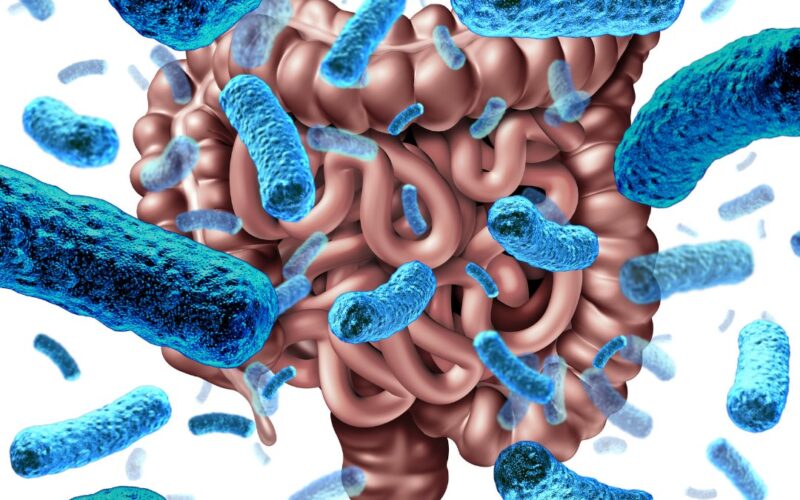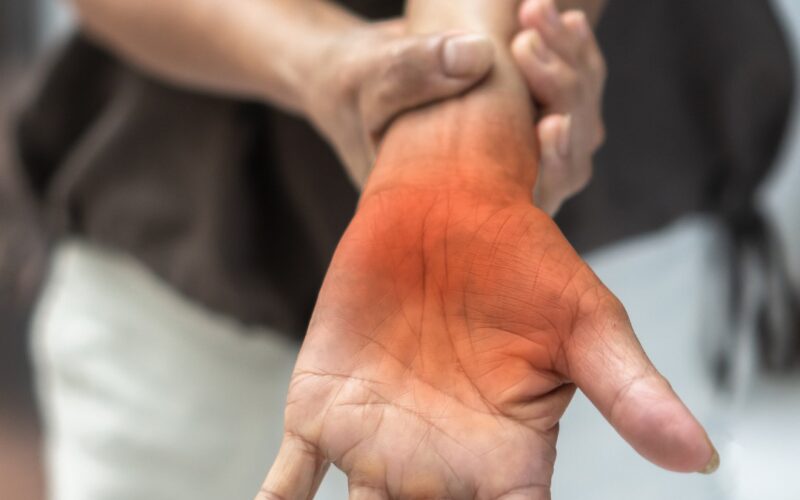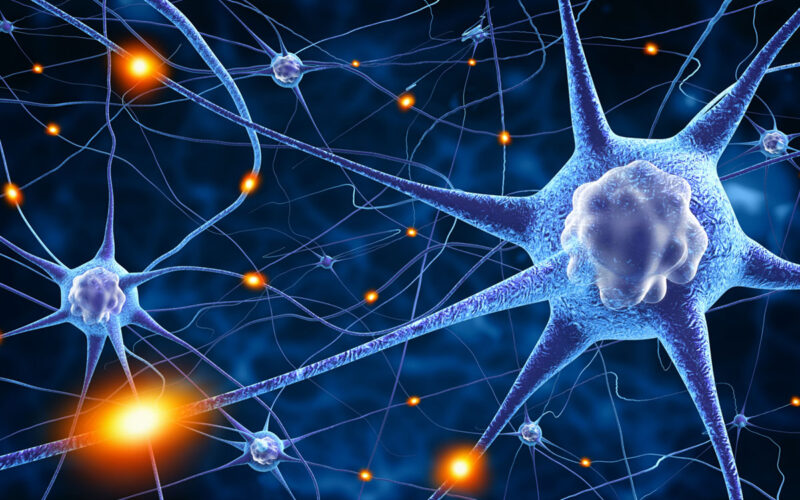Endocrine Disruption
Endocrine Disruption In addition to direct carcinogenicity, a significant pathway from environmental toxins to carcinogenesis is endocrine disruption. Endocrine disruptors are chemicals that can interfere with endocrine (or hormonal) systems. Examples include: BPAs, Phthalates, DDT, and DES, just to name a few. The National Institute of Environmental Health Sciences (NIEHS) has identified endocrine disruption as…
Read More









